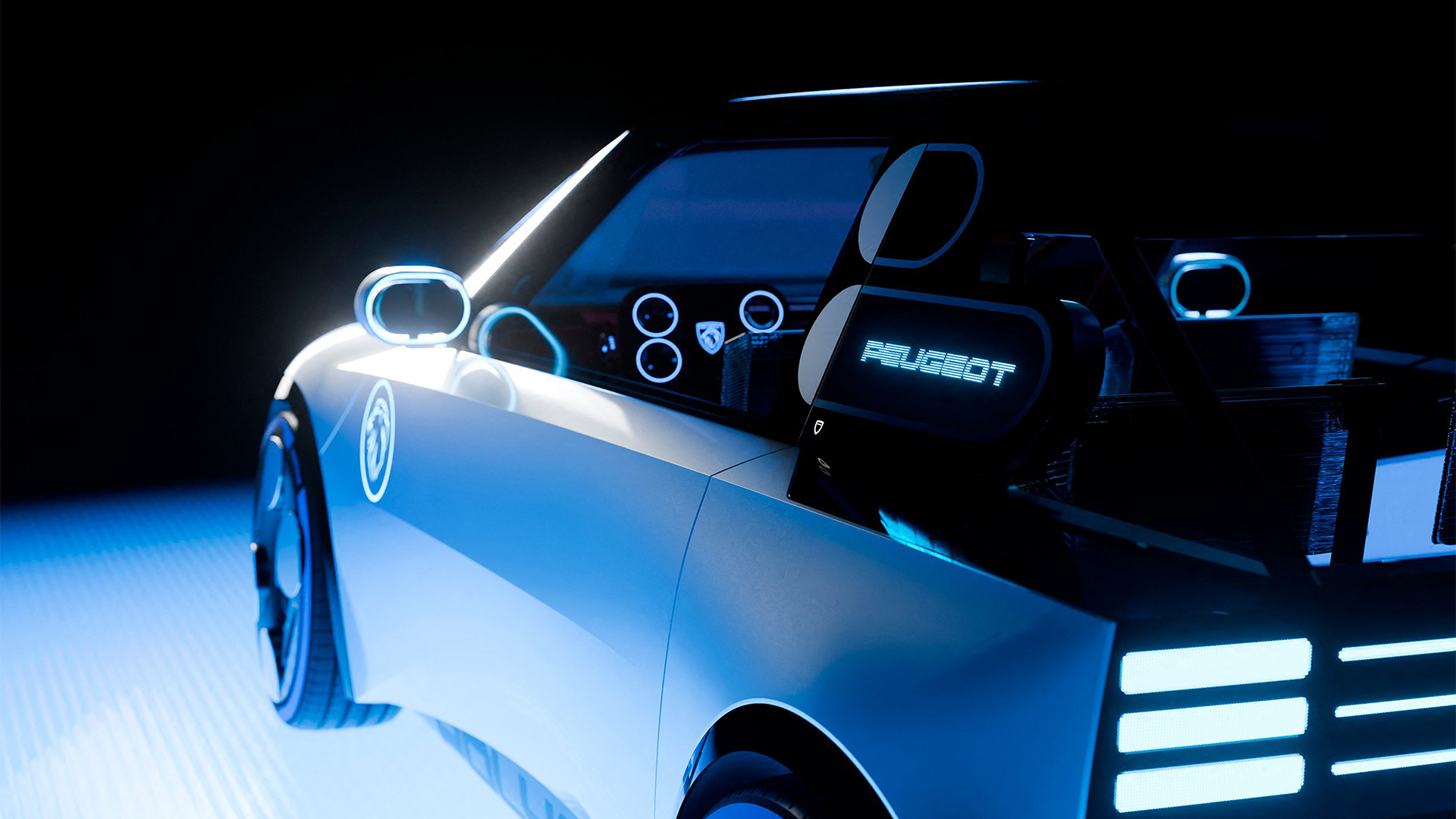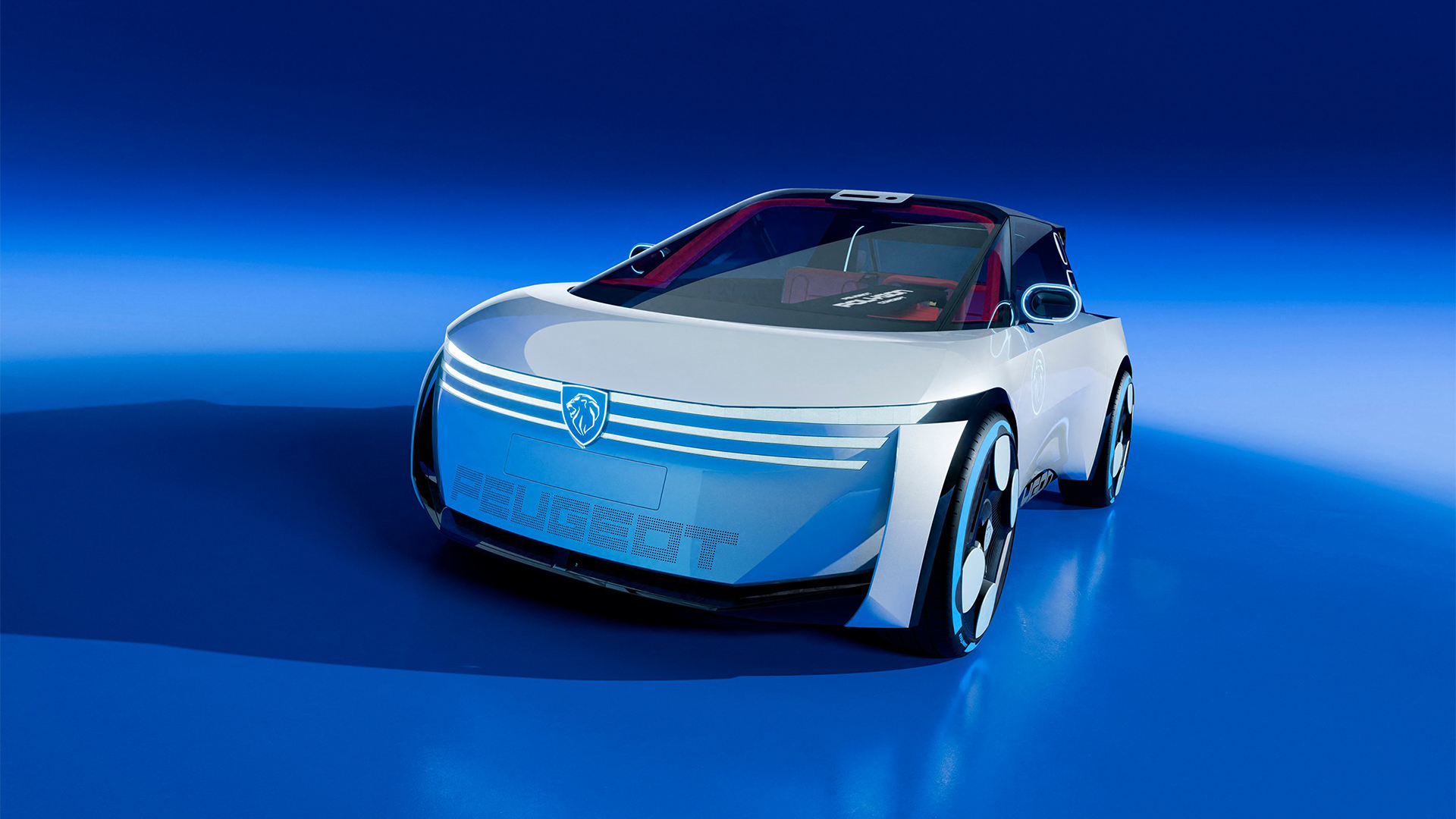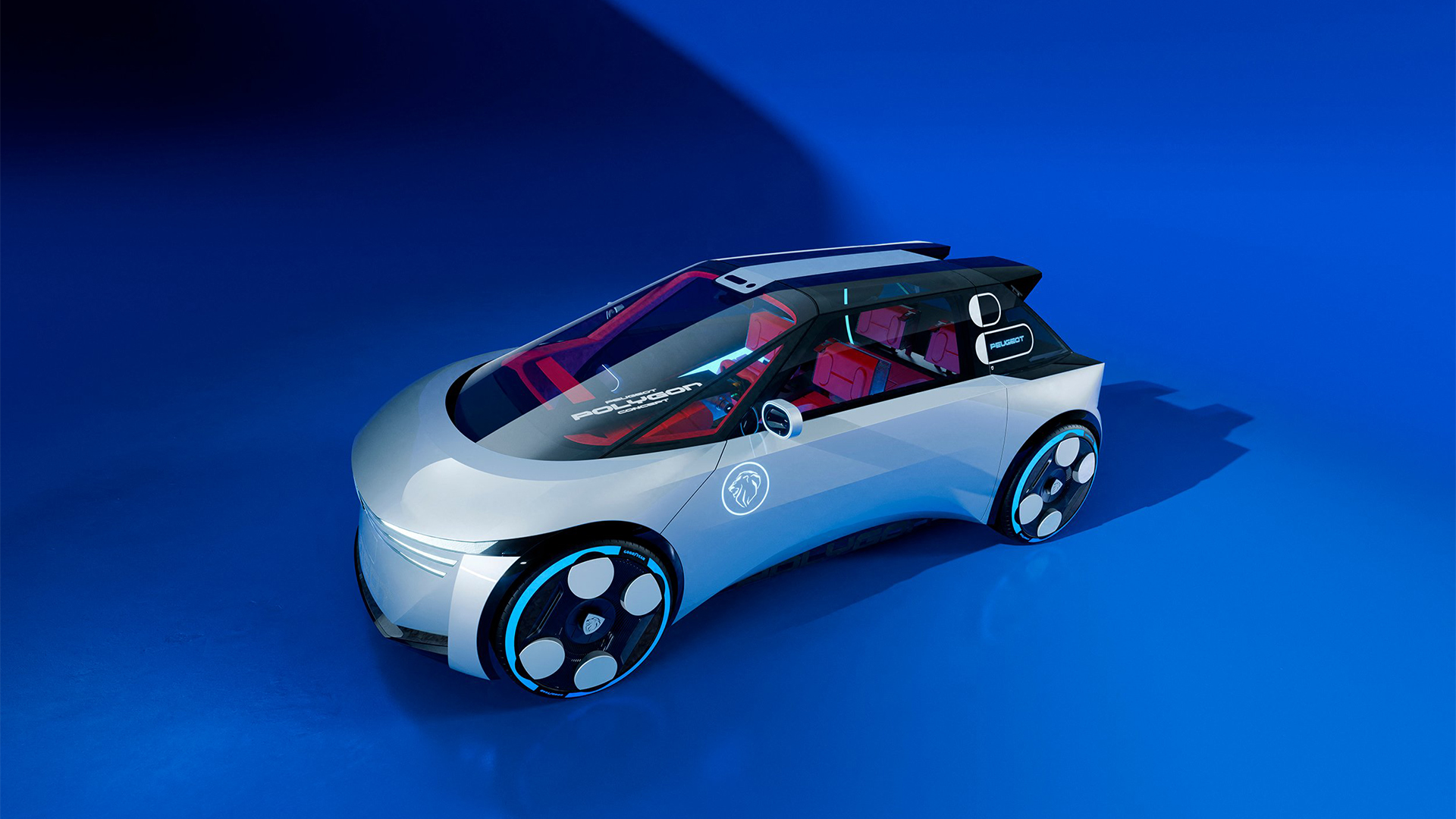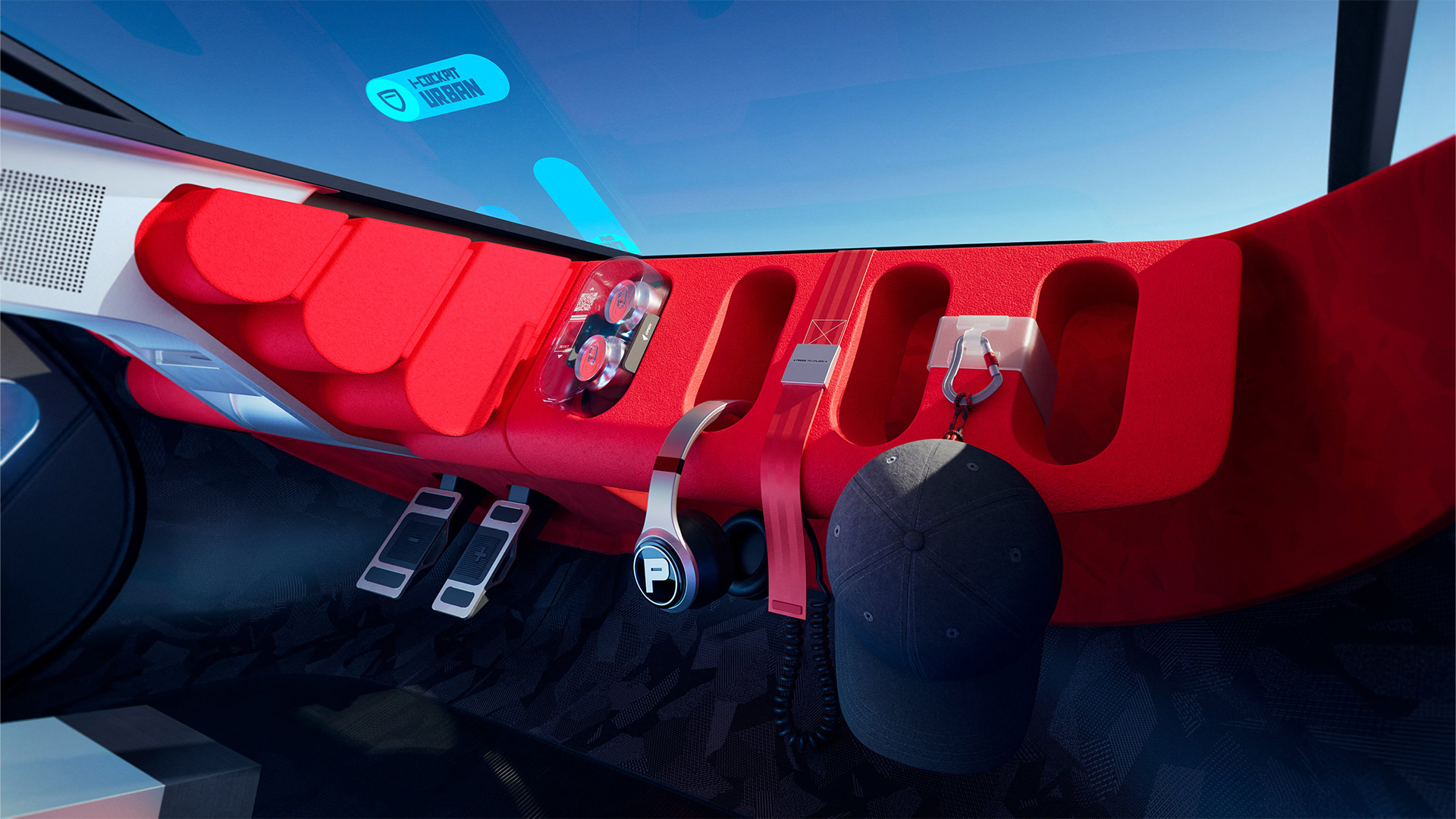- Polygon imagines what the future Peugeot 208 might look like
- French firm says electronic control technology will be available by 2027
- Interchangeable interior seats allow for more customization options.
Peugeot has unveiled its latest futuristic concept car that aims to give us a glimpse into the hatchbacks of tomorrow.
Dubbed Polygon, this wild design exploration recalls elements of the company's sporting past, such as the 205 GTi (the hot hatch icon of the '80s and '90s), while taking us into the future with gullwing doors, next-generation head-up displays and a boxy steering wheel.
“Hypersquare”, as Peugeot calls it, is a look at future electronic steering technology due in 2027. Instead of a mechanical connection between the wheel and the front axle, the steering is controlled by software.
Tesla introduced a similar system on its Cybertruck that allowed significantly higher steering ratios at lower speeds, making it much easier to maneuver the huge pickup in tight spaces.
Peugeot has taken this idea even further: its diamond-shaped innovation provides a much better view of the dashboard ahead. That's a good thing because the French brand plans to use this area as a projector to beam infotainment data onto the windshield. No more massive touch screens.
Peugeot's next generation iCockpit is said to offer the equivalent of a 31-inch display aimed directly at the windshield, which will change information depending on the selected driving mode. In addition, the micro-LEDs behind the Hypersquare's steering wheel are visible from the outside of the car, allowing the animation to be shown to passersby.
Getting in and out of the low, wide three-door car is made easier by the gullwing doors, which swing upward to create a huge gap for the driver and passengers to climb into the back.
Made from three recyclable components, the seats feature foam that can be replaced in minutes, allowing future customers to personalize their vehicle's interior at any time.
Hips to be square

Peugeot hasn't revealed any details about what will eventually be used in the Polygon-based production car, but Autocar reports that the new 208 will be the first car built on the STLA Small architecture from parent company Stellantis.
This model was not planned with internal combustion engines in mind, as this is due to sports batteries with capacities ranging from 37 kWh to 82 kWh, which promise a much longer range than those installed in the current generation e-208.
Whatever happens to the Polygon, it will be electric, and the French brand is putting its foot down when it comes to fly-by-wire technology. This innovation, she says, can significantly change a car's driving dynamics at the touch of a button and reduce vibration and harshness that arise from the physical connection between the front wheels and the driver.
Mercedes-Benz too busy studying technologyand earlier this year the company revealed details of its futuristic yoke.
Certainly, Tesla Owners have been able to drive with a steering linkage since it was first introduced in the Model S and Model X, but the company didn't combine it with steering technology until the launch of the Cybertruck.
Moreover, in many markets there was resistance to the oddly shaped wheel, forcing Tesla to revert to a standard steering wheel.
Even though big players like Peugeot and Mercedes-Benz are behind the technology, drivers will likely still find it takes some getting used to.
Follow TechRadar on Google News. And add us as your preferred source to get our expert news, reviews and opinions in your feeds. Be sure to click the “Subscribe” button!
And of course you can also Follow TechRadar on TikTok for news, reviews, unboxing videos and get regular updates from us on whatsapp too much.












